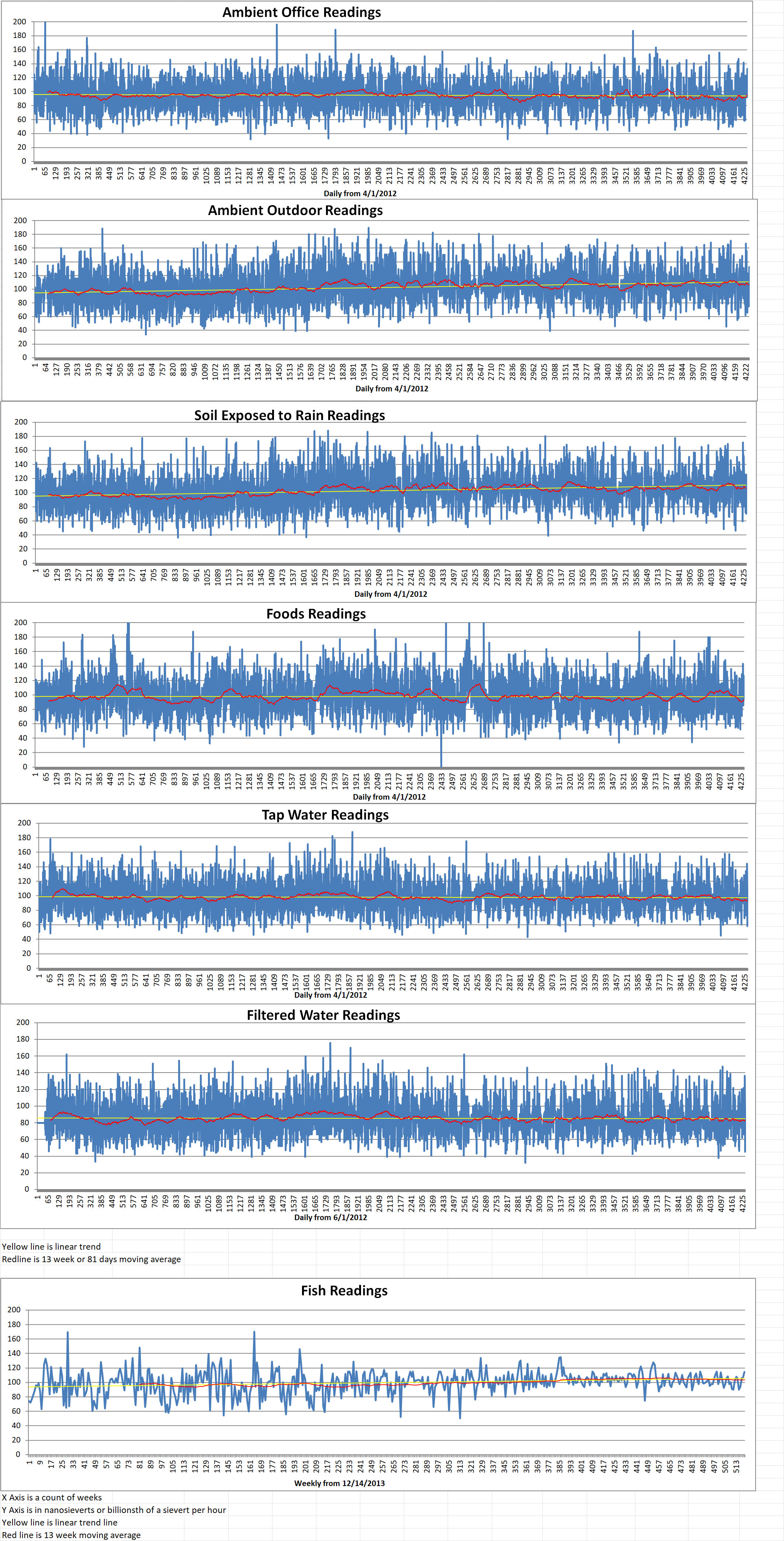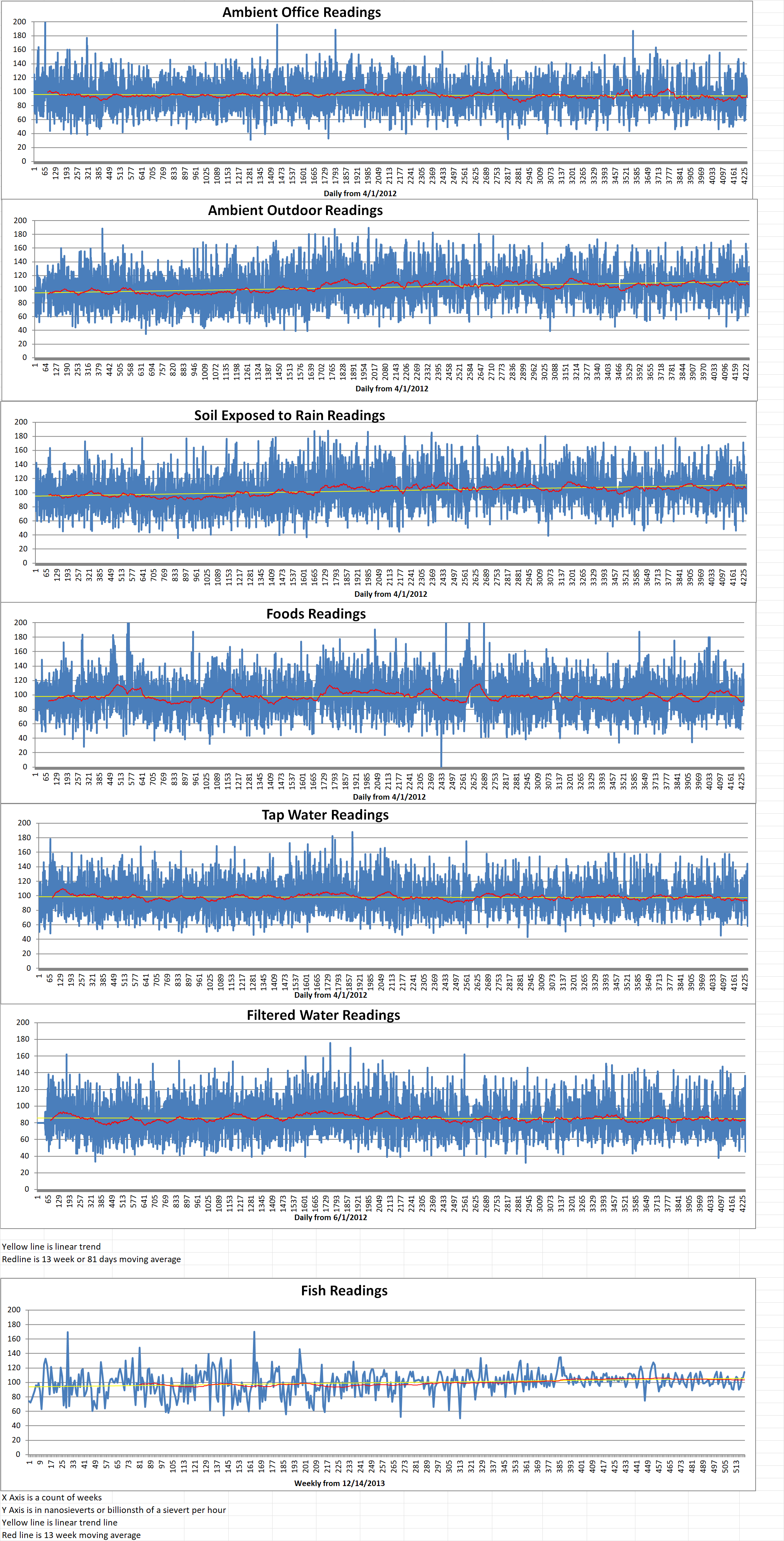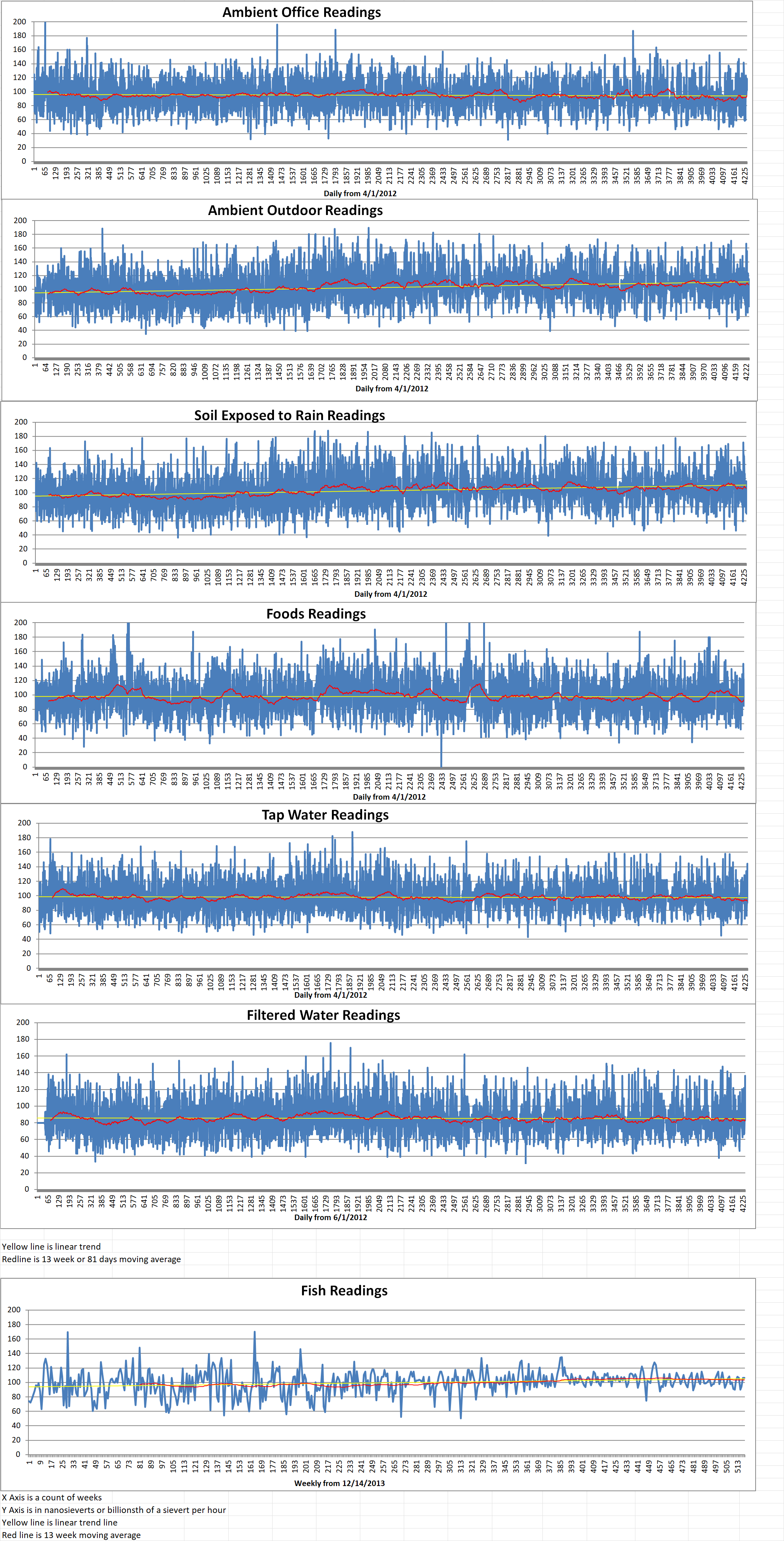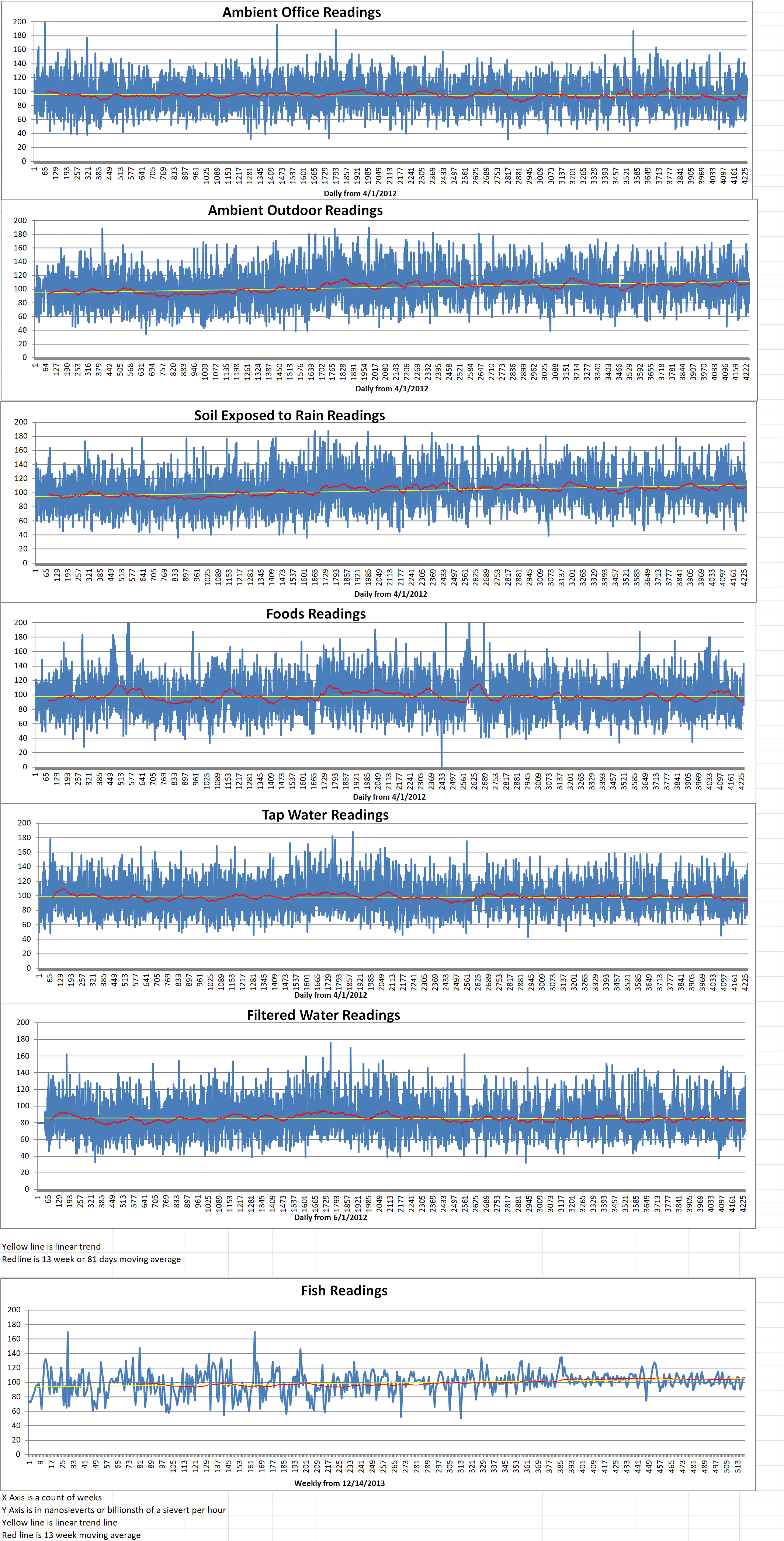Part 2 of 2 Parts (Please read Part 1 first)
Bilbao y León said that people tend to think of the energy systems of the future as being a version of the current system. However, she said that the technology is definitely going to be very different. “Very importantly I think that we are going to see a lot of coupling of systems … electricity is obviously going to be very important as we try to electrify a lot of energy, but clearly there are going to be additional energy vectors … all these technologies are going to make this system more complex … we can have different energy products depending on what is needed at different times to ensure the reliability and the resiliency and the flexibility of the system.”
Ballout spoke about scenarios that Électricité de France SA (EDF) has been developing for more than fifteen years, mainly for internal use. This year EDF has made its scenario for net-zero publicly available. “It’s fundamentally different from the other scenarios we’re developing because we start with the constraints and the end. We start with net neutrality in 2050 and we go backwards. So we try to find the most economically efficient pathway to achieve this neutrality. And when I say economically efficient, I think of welfare maximization, the minimization of the cost and the optimization of the resilience of the system.”
Ballout continued, “And that’s how we come to a mix that shows we have to multiply by six our renewable capacity in Europe [by 2050] – we’ve been talking about 15 Western European countries. We will have between 120 and 150 gigawatts of nuclear capacity. We will enhance significantly the production of biofuels and CCS. We see this path will take us to a significant increase of flexibility needs … it’s a very important part of the resilience of the system.”
Wilmshurst said that it was clear that nuclear and renewables will have an important role together in the future electricity system. “If we have an idealistic view that renewables can expand and expand and expand, the transmission grid needs to expand and expand, get more complicated, and when it gets more complicated the potential for it be less reliable increases.”
However, Wilmshurst noted that financing is a hurdle for nuclear deployment in most countries. “A great part of nuclear being perceived as expensive is the financing cost. So why is the financing cost so high? Because you have to build the nuclear plant – it takes a long time, it’s complicated – but that huge capital investment upfront alone then gives you the facility that runs for many decades to recoup the investment.”
Wilmshurst went on to say that “If we get deployment plans together with a clear picture … all of a sudden, the deployment experience increases, deployment risk goes down, the confidence in the financial markets that the projects can be delivered on time increases. Finance starts flowing. If we don’t make a decision to move, we don’t start doing things, we don’t learn as well. There’s hesitancy in the markets to invest.”
Ballout said nuclear and hydro play a critical role because outages of plants can be scheduled during periods where the demand is lower. “But that’s why we say we have to continue financing and investing in hydro and nuclear. The nuclear fleet is capable of ramping up when suddenly you don’t have sun or wind. It’s possible technologically and technically speaking and at the same time it is possible to ramp down in order to leave room for renewables to produce and that’s really the very important message for us.”






